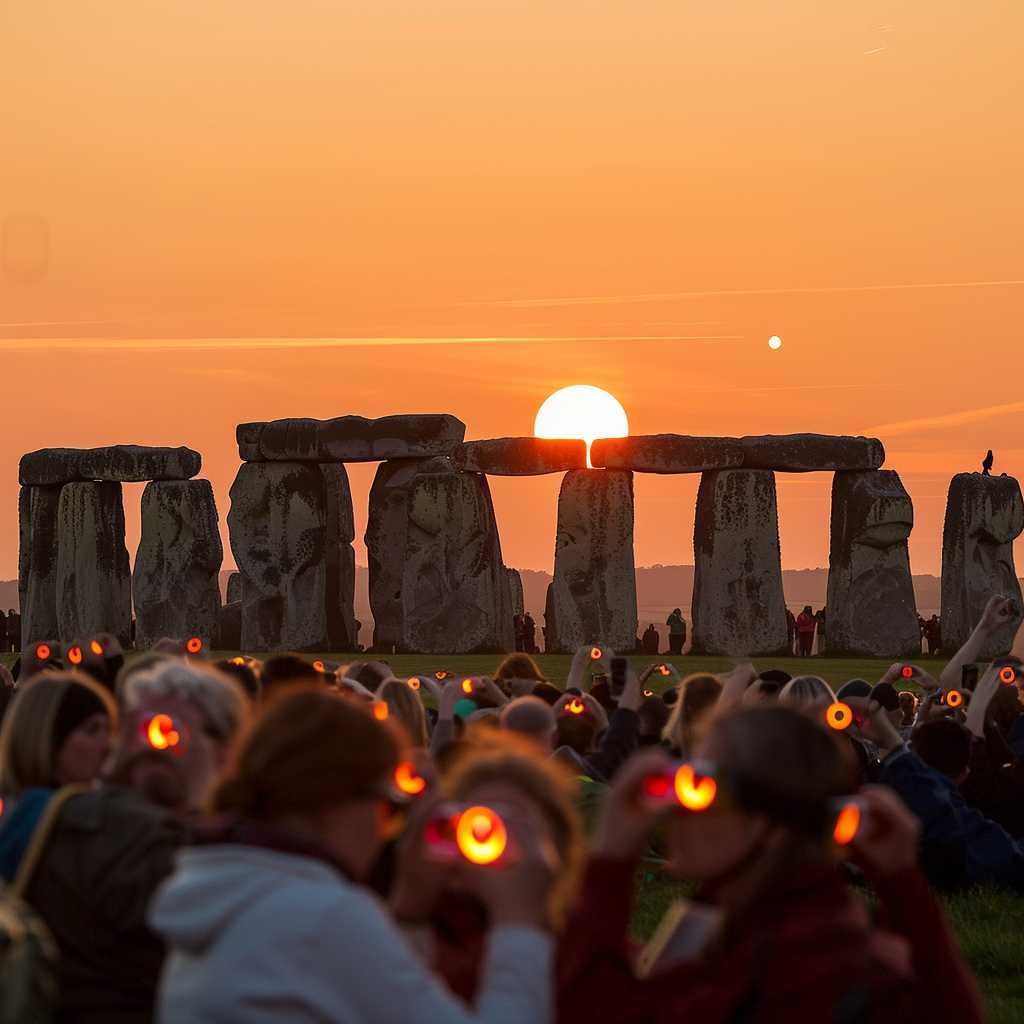Understanding Solar Eclipses: A Celestial Phenomenon
A solar eclipse is a fascinating celestial phenomenon that occurs when the Moon passes between the Earth and the Sun, thus temporarily obscuring part or all of the solar disk from view. Witnessing a solar eclipse is an awe-inspiring experience. The frequency and visibility of solar eclipses can vary greatly from location to location with factors such as geography, timing, and the specific type of eclipse all influencing where and when an eclipse can be seen. This article explores solar eclipses with specific reference to their occurrence and viewing in the United Kingdom (UK).
The Mechanics of a Solar Eclipse
To understand how and why solar eclipses occur, it is essential to grasp the basic celestial mechanics involved. A solar eclipse can only take place during the phase of the new moon, when the moon is situated directly between the Earth and Sun. The unique alignment of the sun, moon, and earth creates different types of eclipses—total, partial, or annular—each providing a distinctive spectacle.
Total Solar Eclipses
During a total solar eclipse, the sun is entirely blocked by the moon. Observers located within the umbra, or the moon’s central shadow, are able to experience totality wherein the day turns to twilight and temperatures may noticeably drop. As totality ends, a dramatic effect known as the ‘diamond ring’ occurs followed by the reappearance of the solar corona.
Partial Solar Eclipses
Partial solar eclipses occur when only part of the sun’s disk is obscured by the moon. These eclipses can be viewed from a much larger area of Earth’s surface compared to total eclipses. Conversely, though partial eclipses occur more frequently than total eclipses in any given location, they do not provide as dramatic an experience.
Annular Solar Eclipses
An annular solar eclipse happens when the moon covers the center of the sun, leaving a ring of sunlight visible around it due to the moon being at apogee (its farthest point from Earth), thus appearing smaller in size relative to the sun. Those directly in line with the shadow experience an annular or “ring of fire” eclipse.
Solar Eclipses in the United Kingdom
The occurrence of solar eclipses varies over different geographical locations due to the orientation and intersection points of earthly latitude and lunar nodal crossing events.
Historical Eclipses
The UK has had its fair share of notable eclipses throughout history. For instance, one of the most remarkable events took place on August 11th, 1999, which was visible as a total eclipse in Cornwall and South Devon and as a partial eclipse across the rest of country. It was one of the most-viewed eclipses given its path across Europe’s dense population areas.
Forecasting Future Eclipses
Forecasters can predict years and even centuries in advance when and where solar eclipses will happen using astronomical calculations. These predictions can tell us that the next significant partial solar eclipse visible from most UK locations will be on August 12th, 2026.
Viewing Solar Eclipses Safely
One cannot overstate the importance for observers in viewing an eclipse safely because looking directly at even a tiny portion of unabscured sunlight with unprotected eyes can result in permanent eye damage or blindness. Special-purpose safe solar filters (solar viewing glasses or eclipse glasses) are essential when watching a solar eclipse directly.
Solar Eclipse Photography and Observation Techniques
For those keen on capturing an eclipse through photography or telescopic observation, specialized equipment and filters are necessary. These encompass proper timing mechanisms, filter materials for lenses, tracking systems for telescopes that account for both solar movement and earth rotation as well as careful planning and patience.
Impacts and Influences of Solar Eclipses
Scientifically, solar eclipses present opportunities for observing and photographing solar phenomena such as flares and prominences, which are otherwise difficult to study due to the intense brightness of an uneclipsed sun.
Cultural Significance
Culturally, a solar eclipse has been considered historically significant among many civilizations who have attributed various legends or prophecies around these captivating events traditionally often seeing them as omens.
Economic Considerations
Solar eclipses can also influence local economies through ‘eclipse tourism’ where enthusiasts travel to prime observation locations often resulting in temporary surges in business for those areas.
Education Outreach and Public Interest
Solar eclipses have long played roles in educational contexts where discussions about science feature topics like solar physics, orbital mechanics, sight preservation through proper direct observation methods, which helps fuel public interest towards such extraordinary occurrences.
